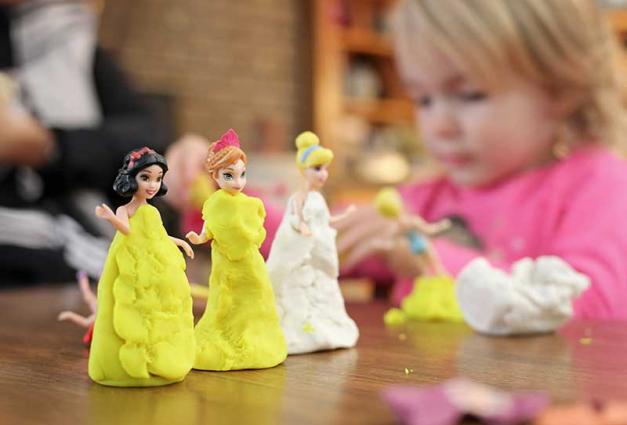Most of us assume that the way how young children are raised shapes their evolving sense of self-esteem. Consider two examples. Rachel’s parents are warm and responsive individuals, show interest in Rachel’s feelings and opinions, and promote her cognitive development. In contrast, Sophie’s parents have persistent marital conflicts, often lack the emotional resources to pay attention to Sophie’s needs, and frequently yell at her when she does something wrong. It seems likely that Rachel develops higher self-esteem than Sophie.
Interestingly, however, research has neglected the question of whether the early childhood family environment has a long-term effect on children’s self-esteem. Thus, even if the quality of parenting explains individual differences in self-esteem among first graders, are the effects still observable once children have become adolescents and young adults? Or is the impact of early childhood factors transient, because early experiences are successively overwritten by new experiences, such as experiences in peer and romantic relationships in adolescence and adulthood? In fact, these questions are related to classic developmental theories about the influence of early childhood experiences, which have recently received renewed interest from researchers (e.g., Fraley, Roisman, and Haltigan, 2013).
In a study published in the Journal of Personality and Social Psychology, I addressed these questions using data from the National Longitudinal Survey of Youth 1979 (NLSY79). The NLSY79 is a longitudinal study of a large national sample of Americans and of the children born to the female participants of this sample. These children were the target participants of the present research. Information on children has been collected biannually since 1986, using self-reports by mothers, interviews with mothers, and behavior observation of interactions between mothers and children. I used information from assessments in which the children were between ages 0 and 6 years to construct variables of the children’s family environment. Moreover, between ages 8 and 27 years, children reported their self-esteem every second year. Thus, the NLSY79 allowed for a truly prospective study from birth to age 27.
As expected, the early childhood family environment significantly predicted children’s later self-esteem. However, which factors had the largest effects? I compared the effects of the quality of the home environment (covering parenting behavior, stimulation of learning, and physical home environment), quality of the parental relationship, presence of a father, maternal depression, and poverty status of the family. The most important effects emerged for quality of home environment (predicting higher self-esteem), followed by maternal depression and poverty (predicting lower self-esteem) and quality of parental relationship (predicting higher self-esteem). Moreover, mediation analyses suggested that the quality of the home environment partially accounted for the effects of the other predictors. The mediation effects were relatively large, suggesting that the quality of the home environment is a key factor in the family environment.
Then, I tested whether there is evidence that the early childhood family environment has enduring effects on adulthood self-esteem. For these analyses, I examined the time course of effects across intervals of increasing length. The results suggested that the effects of the home environment, the presence of a father, and poverty did not approach zero, even in the long run. For example, even if the correlation between the quality of the home environment and later self-esteem decreased as children became older, it did not drop to zero but approached a correlation of .16. Thus, the home environment effect was still present during young adulthood and statistical modeling suggested that it should persist into middle adulthood and maybe even old age. A possible explanation for this finding is that the quality of social interactions with caregivers in early childhood becomes internalized, at least partially, in enduring representations of the self. Returning to the examples of Rachel and Sophie, the present research predicts that Rachel develops a higher level of self-esteem than Sophie and that the difference between them will still be observable when they have grown up and become adults.
Understanding the factors that shape the development of individual differences in self-esteem is important because research suggests that people’s level of self-esteem has consequences for their well-being and success in life domains such as relationships, work, and health. It should be noted that self-esteem is not a cure-all and that the self-esteem effects are of small to medium size. Clearly, a multitude of factors influences broad outcomes such as the quality of social relationships and job success. Nevertheless, the evidence indicates that self-esteem is one of these factors. The present findings suggest that interventions aimed at improving the early childhood family environment (e.g., by focusing on parenting behavior) are worthwhile and may benefit the long-term development of children’s self-esteem.
Ulrich Orth is an Associate Professor at the University of Bern. His research focuses on self-esteem development across the lifespan, the link between low self-esteem and depression, and the consequences of self-esteem for important life domains such as relationships, work, and health.
Journal Article: Orth, U. (2018). The family environment in early childhood has a long-term effect on self-esteem: A longitudinal study from birth to age 27 years. Journal of Personality and Social Psychology, 114, 637-655. http://dx.doi.org/10.1037/pspp0000143.




